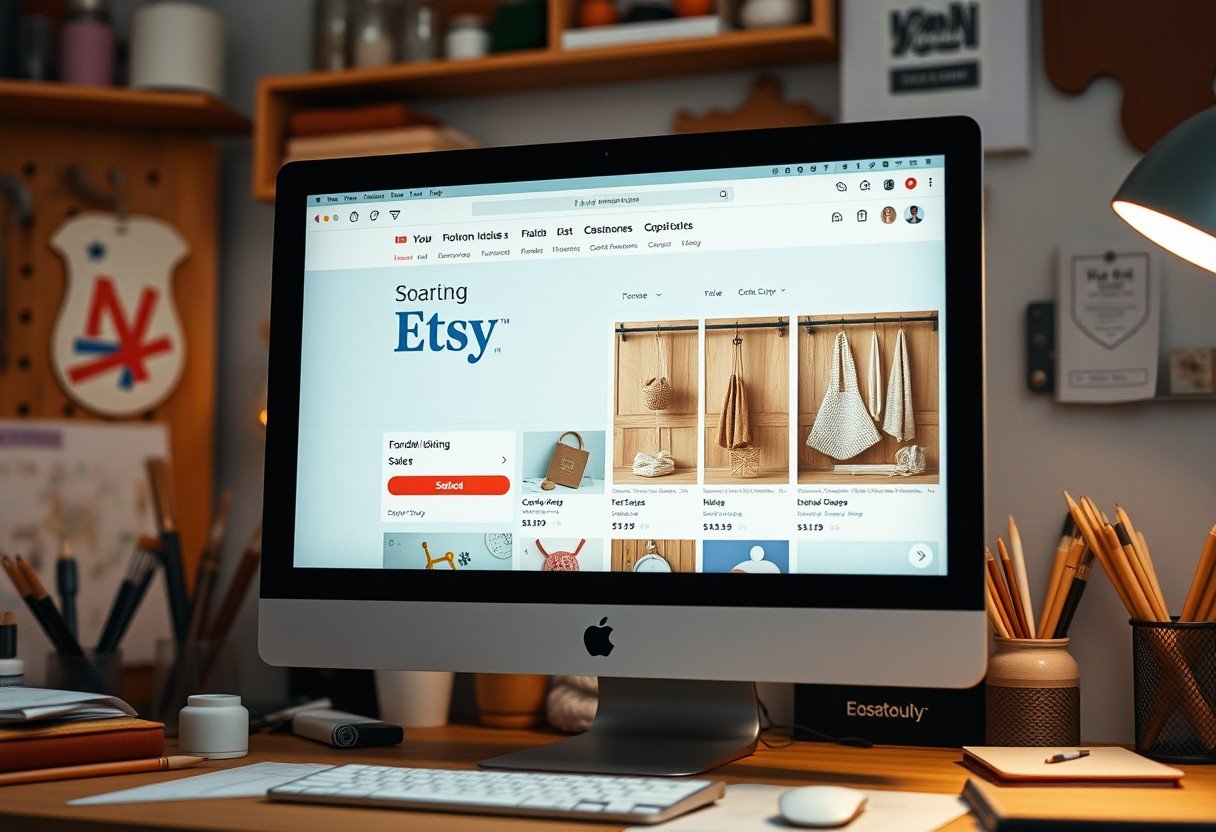Advertisers often find it challenging to connect with 25-30 year old males. This guide explains which targeting options work best, how to use them on different platforms, and why understanding this audience is key to your success. By using a smart mix of demographic, interest, and behavioral data, you can create campaigns that not only reach this group but also get them to engage with your brand.
Understanding What Drives 25-30 Year Old Males
To effectively advertise to this demographic, you must look beyond just their age and gender. This group is typically in a transitional phase of life, focusing on career growth, financial stability, and personal relationships. They are tech-savvy, often live in urban centers, and have distinct media consumption habits.
Understanding their psychographics is equally important. This audience values authenticity and experiences over traditional sales pitches. They connect with brands that align with their personal values, such as sustainability or social responsibility. Marketing messages that use humor, tell a story, or feel relatable perform much better than generic ads.
They are not passive consumers. They want to engage with brands through social media, user-generated content, and interactive campaigns. Building a community around your brand is a powerful way to earn their loyalty and trust.
Key Targeting Methods to Reach Your Audience
Using the right combination of targeting methods is crucial for an effective campaign. Each option allows you to refine your audience in different ways, ensuring your ad budget is spent efficiently. Starting with broad demographics and layering on more specific criteria is a proven strategy.
The most effective campaigns often blend several targeting types to create a highly specific audience profile. This multi-layered approach increases ad relevance, improves engagement rates, and ultimately leads to higher conversions.
Here are the foundational targeting options you should consider:
- Demographic Targeting: This is your starting point. You can filter your audience by age (25-30) and gender (male). Many platforms also allow you to add layers like income level, education, and location to get more specific.
- Interest-Based Targeting: This method lets you reach users based on their hobbies and passions. For 25-30 year old males, common interests include technology, sports, gaming, fitness, and finance.
- Behavioral Targeting: This powerful option targets users based on their online actions, such as past purchases, websites visited, or engagement with similar products. It helps you find users who are already showing intent to buy.
Where to Find Them: Top Social Media Platforms
Knowing your audience is only half the battle; you also need to know where they spend their time online. For 25-30 year old males, certain social media platforms are more effective than others. Focusing your efforts on the right channels is essential for maximizing your return on investment.
Instagram is a visual powerhouse for reaching this demographic. Its focus on high-quality images, Reels, and Stories makes it ideal for brands in fashion, fitness, and lifestyle. Influencer collaborations and user-generated content campaigns are particularly effective here, as they build trust and authenticity.
Facebook also remains a strong contender due to its vast user base and detailed targeting capabilities. It’s great for sharing longer-form content, news articles, and videos, allowing for deeper storytelling.
| Platform | Best For | Key Strategy |
|---|---|---|
| Visual Brands (Fashion, Fitness, Tech) | Influencer Marketing, Reels, Stories | |
| Content-Rich Campaigns (News, Videos) | Detailed Demographic & Behavioral Targeting |
Leveraging Programmatic Ads for Precision
Programmatic advertising uses automated technology to buy and place ads in real time. This approach allows for incredibly precise targeting, ensuring your ads are shown to the right person at the right moment across a wide range of websites and apps.
A key component is real-time bidding (RTB), where ad impressions are auctioned off in milliseconds. This dynamic process helps you maximize your budget by only paying for placements most likely to be seen by your target demographic.
Audience segmentation is critical for programmatic success. By dividing your audience into smaller groups based on specific behaviors or interests, you can deliver highly personalized messages that are more likely to resonate and drive action.
Using Email and Influencers to Build Trust
While social media is powerful, don’t underestimate more direct channels. Email marketing remains a highly effective way to nurture leads and drive conversions, especially when your messages are personalized.
Start by building a quality email list through opt-in forms on your website and social channels. Once you have subscribers, segment your list based on their past interactions with your brand. Sending tailored content, such as product recommendations based on browsing history, can significantly boost engagement.
Influencer marketing is another way to build credibility. This audience trusts recommendations from people they follow and admire more than traditional ads. The key is to partner with influencers who genuinely align with your brand values and have an authentic connection with their followers in the 25-30 year old male demographic.
Frequently Asked Questions
What are the primary targeting options for reaching 25-30 year old males?
Advertisers can use demographic targeting (age, gender), interest-based targeting (hobbies like gaming or sports), behavioral targeting (online actions), lookalike audiences (finding new users similar to existing ones), and geographic targeting.
Why is demographic targeting so important for this group?
Demographic targeting is the foundation because it ensures your ad is seen by the correct age and gender. This allows you to create messages and visuals that directly address the lifestyles, goals, and challenges of men in their late twenties.
How does interest-based targeting improve ad campaigns?
By targeting interests like technology or fitness, your ads become more relevant to the user. This increases the chance they will click and engage because the content aligns with their personal passions, making it feel less like an interruption.
What is a lookalike audience?
A lookalike audience is a group of new users created by an ad platform who share characteristics with your best existing customers. For this demographic, it helps you find more 25-30 year old males who are likely to be interested in your brand.
Should I use different strategies for different locations?
Yes, geographic targeting can be very effective. You can customize campaigns for urban areas where this demographic is concentrated or tailor ads based on regional interests, local events, or cultural trends to increase relevance and engagement.









Leave a Comment